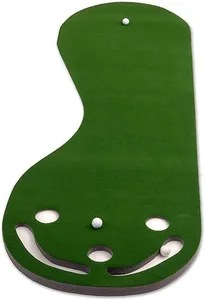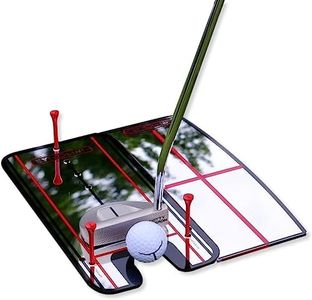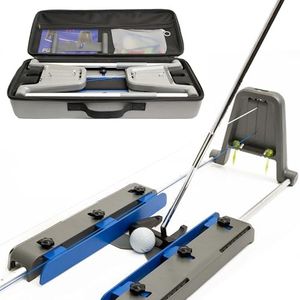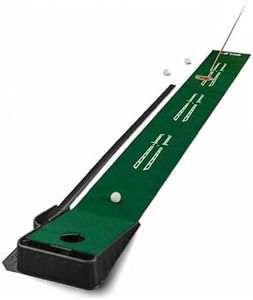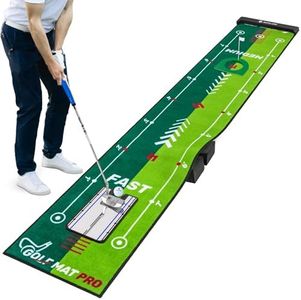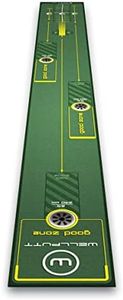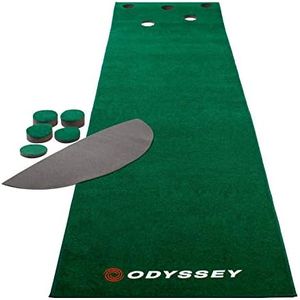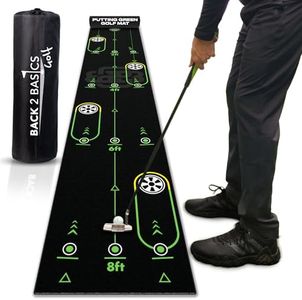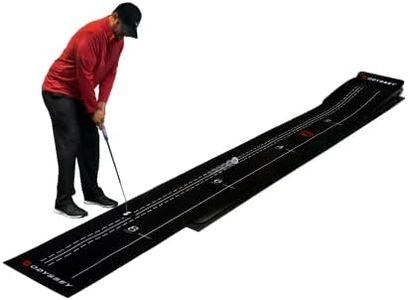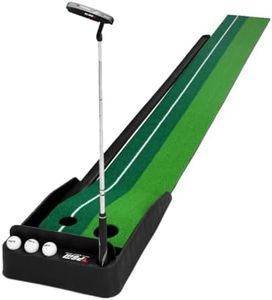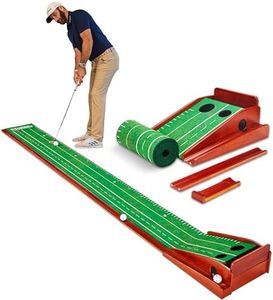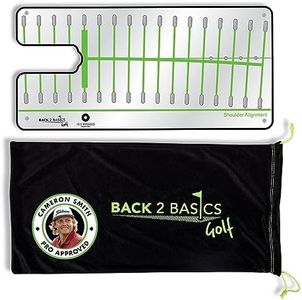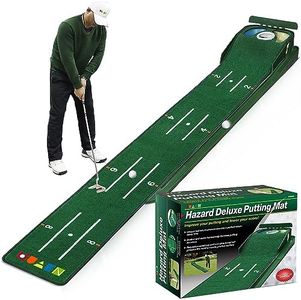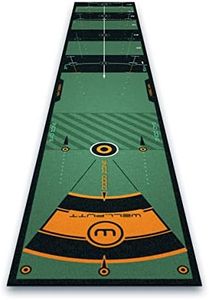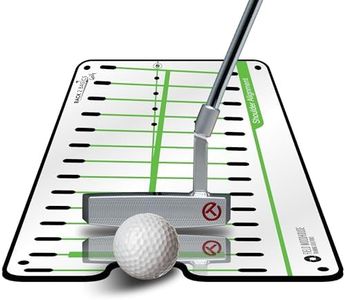We Use CookiesWe use cookies to enhance the security, performance,
functionality and for analytical and promotional activities. By continuing to browse this site you
are agreeing to our privacy policy
10 Best Golf Putting Trainers
From leading brands and best sellers available on the web.By clicking on a link to a third party's website, log data is shared with that third party.
Buying Guide for the Best Golf Putting Trainers
Choosing the right golf putting trainer can help you significantly improve your putting skills by giving you targeted feedback and practice. The goal is to find a trainer that matches your practice style, available space, and the key abilities you want to develop—such as aim, consistency, feel, or distance control. Think about where you'll use it (indoors, outdoors, or both), the type of feedback or guidance you prefer, and what feels enjoyable so you’ll use it regularly. A suitable trainer should make practice challenging yet fun, and suit both your level and aspirations.Type of TrainerGolf putting trainers come in various types, such as mats, gates, laser guides, mirrors, or multi-featured devices. This refers to the physical design and method by which the trainer helps your game. Mats simulate putting surfaces and may have markings for line and distance practice, while gates help with alignment and accuracy. Laser guides focus on aim, and mirrors help with body and eye alignment. Multi-feature units combine features for a more in-depth practice session. Think about which aspect of putting you most want to improve—like aim, strike, or stroke path—and which format would be practical for your use. For example, a mat is great if you want consistent surface practice at home, while gates and guides suit players who struggle with accuracy.
Size and PortabilityThis is about how large and heavy the trainer is, and how easy it is to move and store. Smaller, foldable units are good if you have limited space or want to practice in multiple locations, while larger trainers offer more realistic practice but may need dedicated space. For someone practicing at home or in the office, portability and compact storage matter. If you have a dedicated area, you can consider bigger, less portable options.
Feedback MechanismsFeedback can be visual, auditory, or tactile—some trainers offer immediate clues to your putting mistakes (like automatic ball return, sound indicators, or visible swing path markings). Having clear, instant feedback helps reinforce good habits and quickly correct errors. If you’re a beginner, look for trainers with obvious, simple feedback. More advanced golfers might prefer subtle or customizable feedback that matches their needs.
Surface RealismThis means how closely the putting surface matches a real golf green in its roll speed and texture. Higher quality trainers mimic real greens for the most accurate practice. They often specify a 'stimpmeter rating' or describe the feel (fast, medium, or slow). If you want practice that's closest to what you’ll face on the course, prioritize realism. If general practice is your aim, you might not need a premium surface.
AdjustabilitySome trainers allow you to change the slope, length, or difficulty—like adding slopes for uphill/downhill putts, or targets to vary precision. Adjustability lets you practice a wider range of shots and keeps practice fresh. It’s helpful if you want to work on different scenarios or share the trainer with someone whose needs are different.
Ease of SetupThis is about how quickly and simply the trainer can be set up or packed away. Some are ready-to-use out of the box, while others need assembly or flat space to set up. If you only have a short time to practice or want to move it often, look for something easy to set up and put away. If it will stay in one spot, setup speed is less important.
